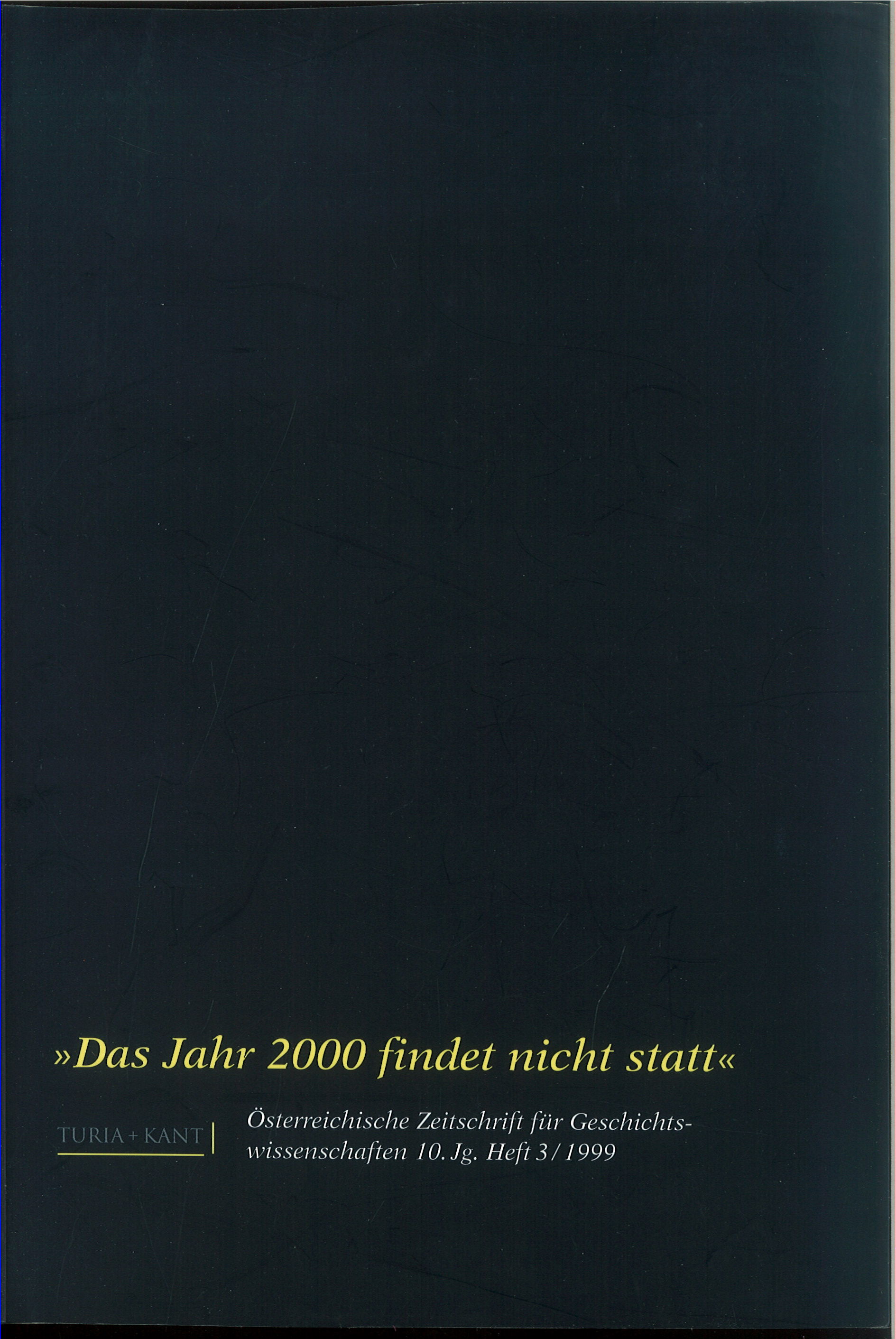A short history of the Year-2000-Problem
DOI:
https://doi.org/10.25365/oezg-1999-10-3-3Abstract
This article focuses on four major aspects of the so-called y2k-problem. First, it gives a detailed account of the main distribution channels through which the y2k-time error has been propagated throughout contemporary societies. In doing so, it will be shown that the major y2k-channels came into existence at relatively late points in time, notably in the late 1980's and early 1990's. Second, a small number of unusual y2k-characteristics at the societal level like the identity between problem producers and problem solvers or the existence of critical network thresholds will be introduced and discussed. Third, the article asks for the relevance of contemporary scientific theories for analyzing the y2k-phenomenon and arrives at a rather disappointing conclusion by identifying relatively few cognitive modules which have some essential bearing on the emergence, the diffusion and on the gradual disappearance of the y2k-time co-ordination failure. Finally, the article attempts to construct a conditional forecast, relying heavily on the available international assessments of the "global status" of y2k-time co-ordination efforts.


